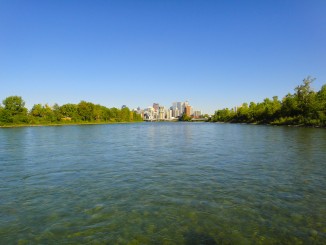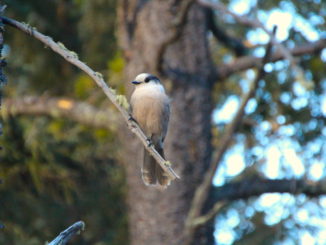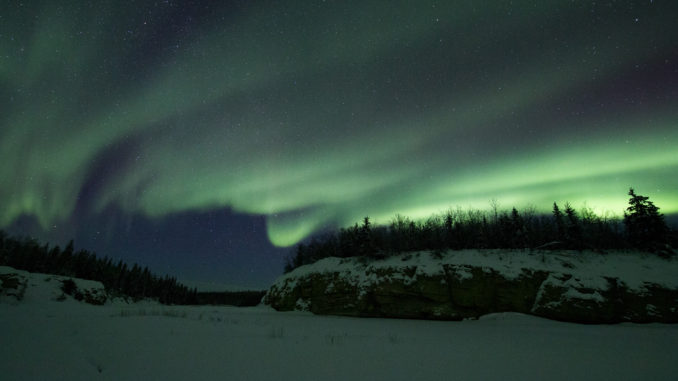
When’s the last time you looked up and saw a sky full of stars, the Northern Lights, or a meteor whiz by? For us city dwellers the opportunity to gaze deeply into the night sky within the city limits is nearly impossible. Light pollution is a growing concern in our increasingly industrialized society. The Dark Sky Society defines light pollution as, “glare, light trespass, and light which is reflected into the night sky, contributing to sky glow through the use of unshielded, misplaced, excessive, or unnecessary outdoor night lighting.” To put it simply there is an over abundance of artificial light, which negatively affects the natural cycle of day and night and impedes our ability to view the night sky. Although it may seem like light pollution is the lesser cousin of land, sea, and air pollution it still poses a danger to both humans and wildlife.
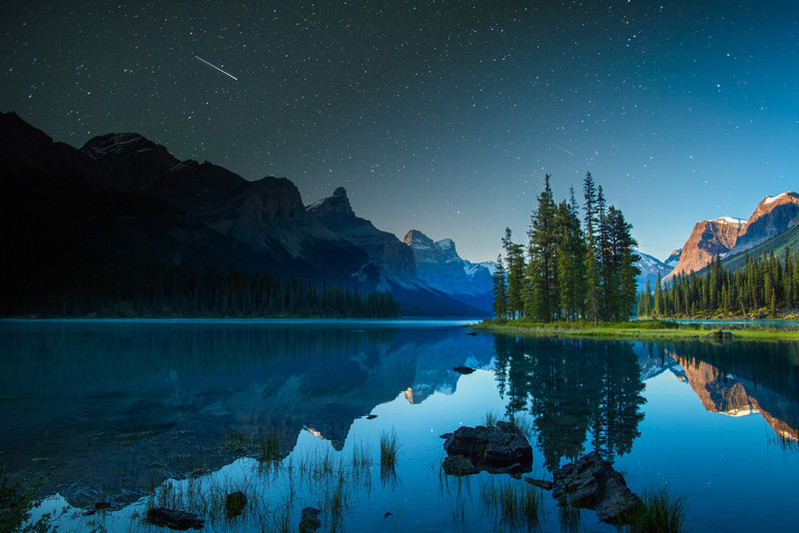
Light pollution may effect you in ways you weren’t even aware of. The harmful effects of light pollution can be grouped into four categories including increased energy consumption, disruption of ecosystems, human health hazards, and even public safety. According the to the U.S. Depart of Energy about 35% of exterior light is wasted resulting in over $3 billion per year worth of lost energy to sky glow. That’s a lot of wasted energy and money that could be put to better use. For billions of years life on this planet has depended on the natural cycle of day and night to regulate life-sustaining behaviours such as reproduction, nourishment, sleep, and protection from predators, but humans have drastically altered this cycle by introducing artificial light into the night. This interruption of a natural process has had negative and even deadly effects on a variety of species across the planet. It’s not only our wild neighbours that are affected though. Our Circadian Rhythm (basically our biological clock of a sleep/wake pattern) is governed by the night/day cycle, but artificial light interrupts this process and can lead to a host of health concerns. Research has shown that over exposure to artificial light has lead to increased risk of obesity, depression, sleep disorders, diabetes, cancer, and more. When it comes to public safety most people assume that well-lit areas are safer than dark ones, but there is no concrete evidence that proves streetlights prevent accidents or that increased lighting actually reduces crime. It comes back to our perception that well-lit areas automatically equal safety when unfortunately that’s just not the case.
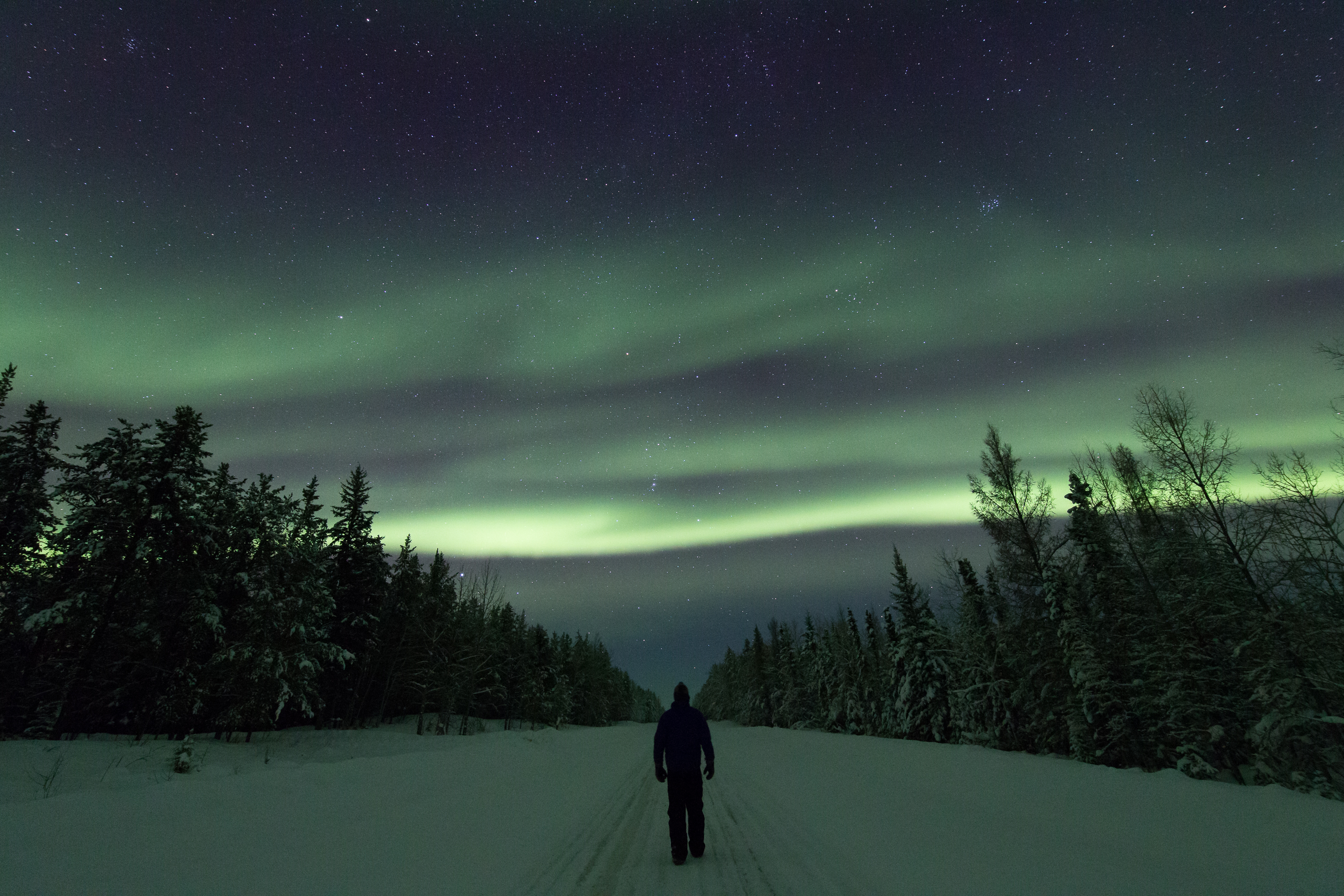
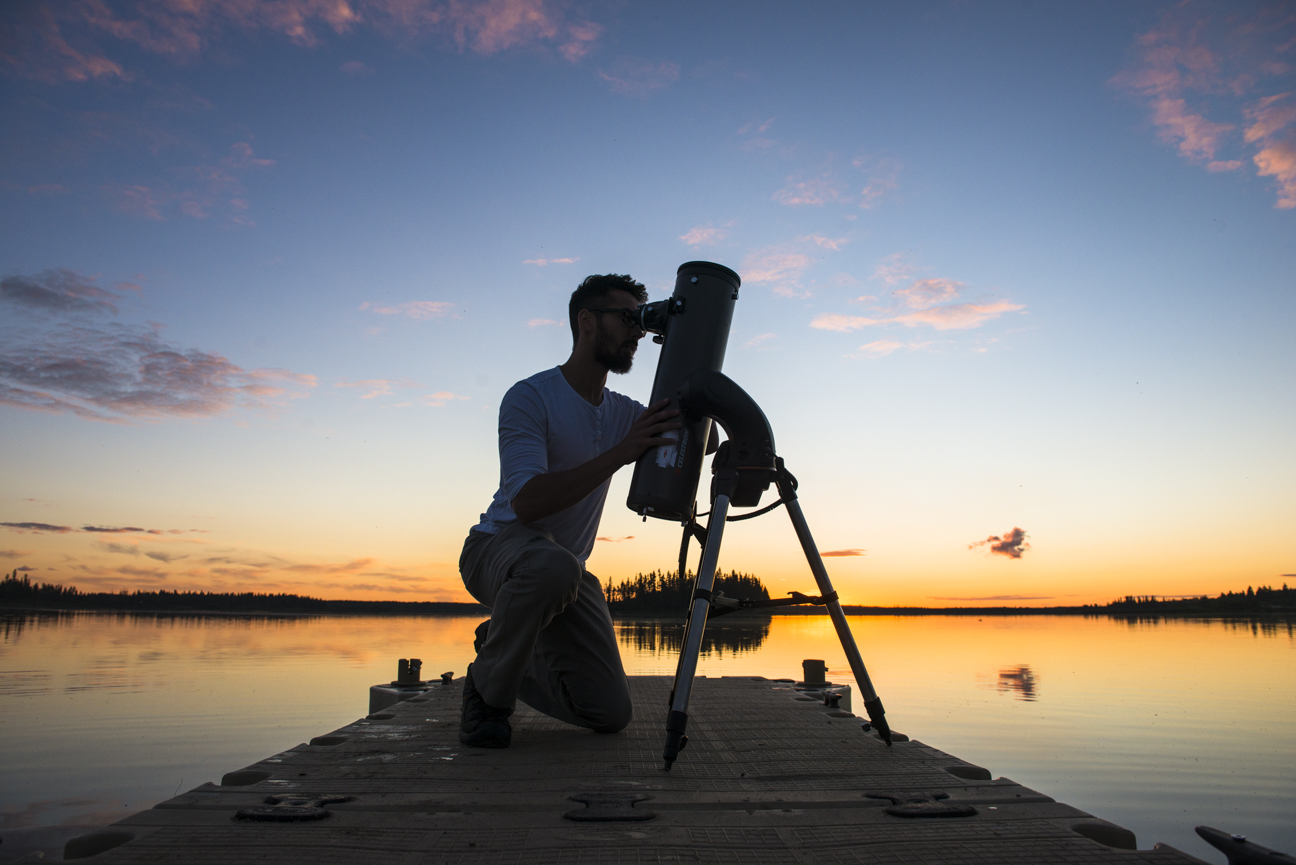
One of the ways we’re combating light pollution is through dark sky preserves; areas of the province set aside that are free of artificial light. The Royal Astronomical Society of Canada (RASC) has three levels of classification for these preserves; Dark Sky Preserves, Urban Sky Parks, and Nocturnal Preserves. A Dark Sky Preserve is an area where no artificial light is visible and sky glow from beyond the borders of the preserve will be of comparable intensity or less to that of natural sky glow. Urban Star Parks have strict measures in place to control artificial lighting and the sky glow from beyond the borders of the preserve may be visible to observers within, but the skies are still usable for astronomy. Both of the previous preserves place a high importance on educating the public and promoting the reduction of light pollution. Nocturnal Preserves are similar to the previous two, but their primary focus is to protect the nighttime environment and astronomical access is not a prerequisite. The International Dark Sky Association also recognizes communities that have shown exceptional dedication to the preservation of the night sky through implementation of quality exterior lighting, public education, and citizen support of dark skies. These are internationally known as Dark Sky Communities.
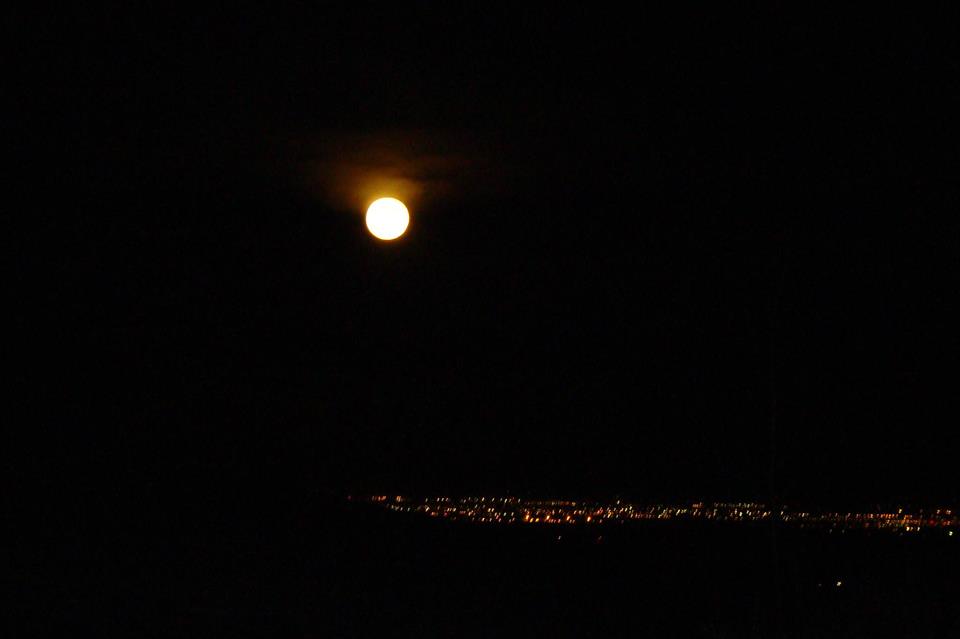
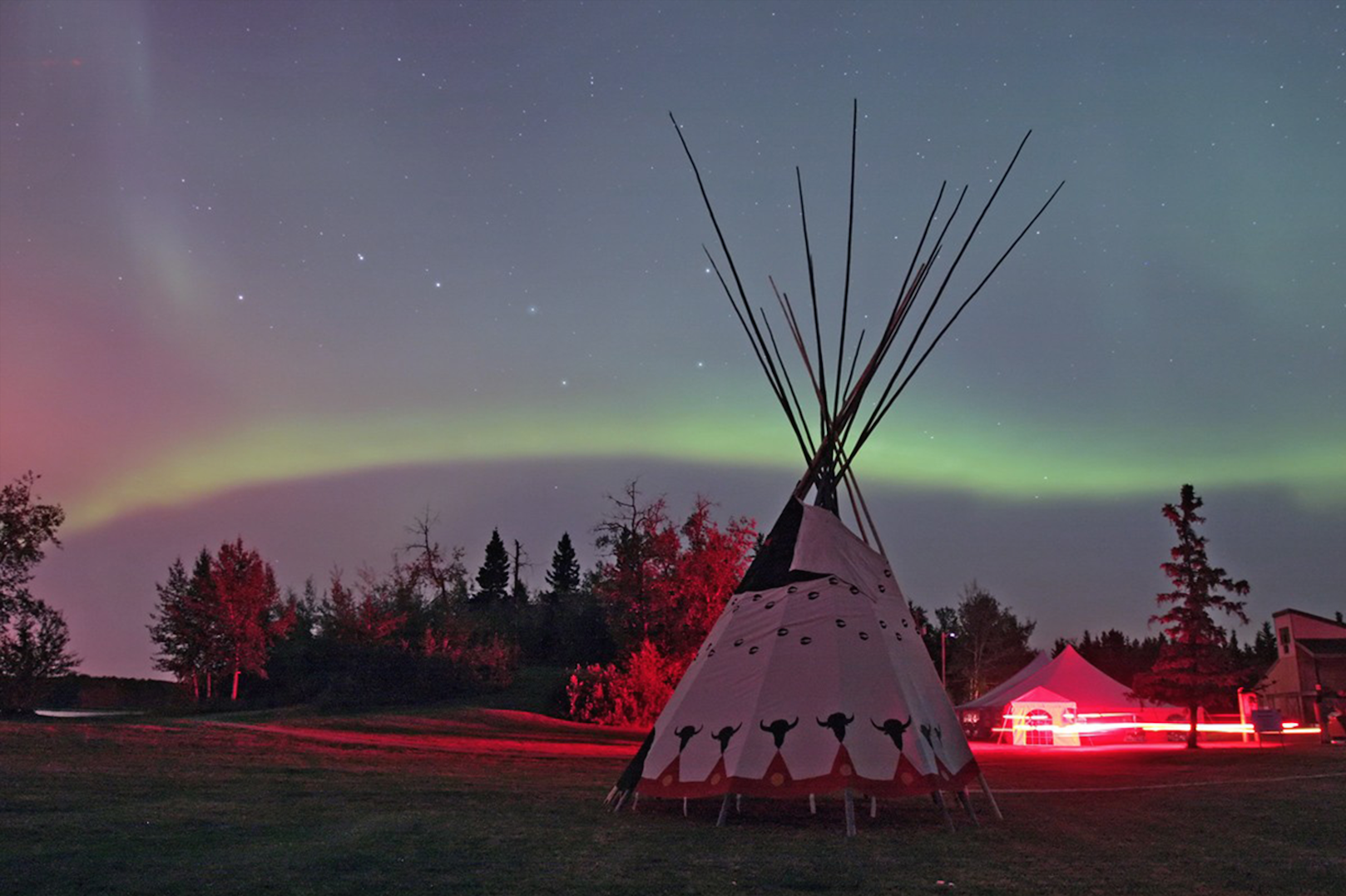
Currently in Alberta there are four Dark Sky Preserves, one Nocturnal Preserve, and one Dark Sky Community. Wood Buffalo National Park and Jasper National Park are the world’s largest and second largest dark sky preserves respectively. The Beaver Hills Dark Sky Preserve is a three-way partnership between Parks Canada, Alberta Parks, and the RASC that encompasses all of Elk Island National Park and Cooking Lake/Blackfoot Provincial Recreation Area. The final preserve actually straddles the provincial boundary between Alberta and Saskatchewan and is called the Cypress Hills Interprovincial Dark Sky Preserve. The Ann & Sandy Cross Conservation Area just south of Calgary is the province’s only Nocturnal Preserve. Bon Accord, a small community just north of Edmonton, holds the distinction of being recognized as Canada’s first Dark Sky Community. All of these areas offer unprecedented opportunities for stargazing and possibilities to immerse yourself in the wonder that is the universe. An extended stay could reset your biological clock and leave you feeling revitalized and refreshed.
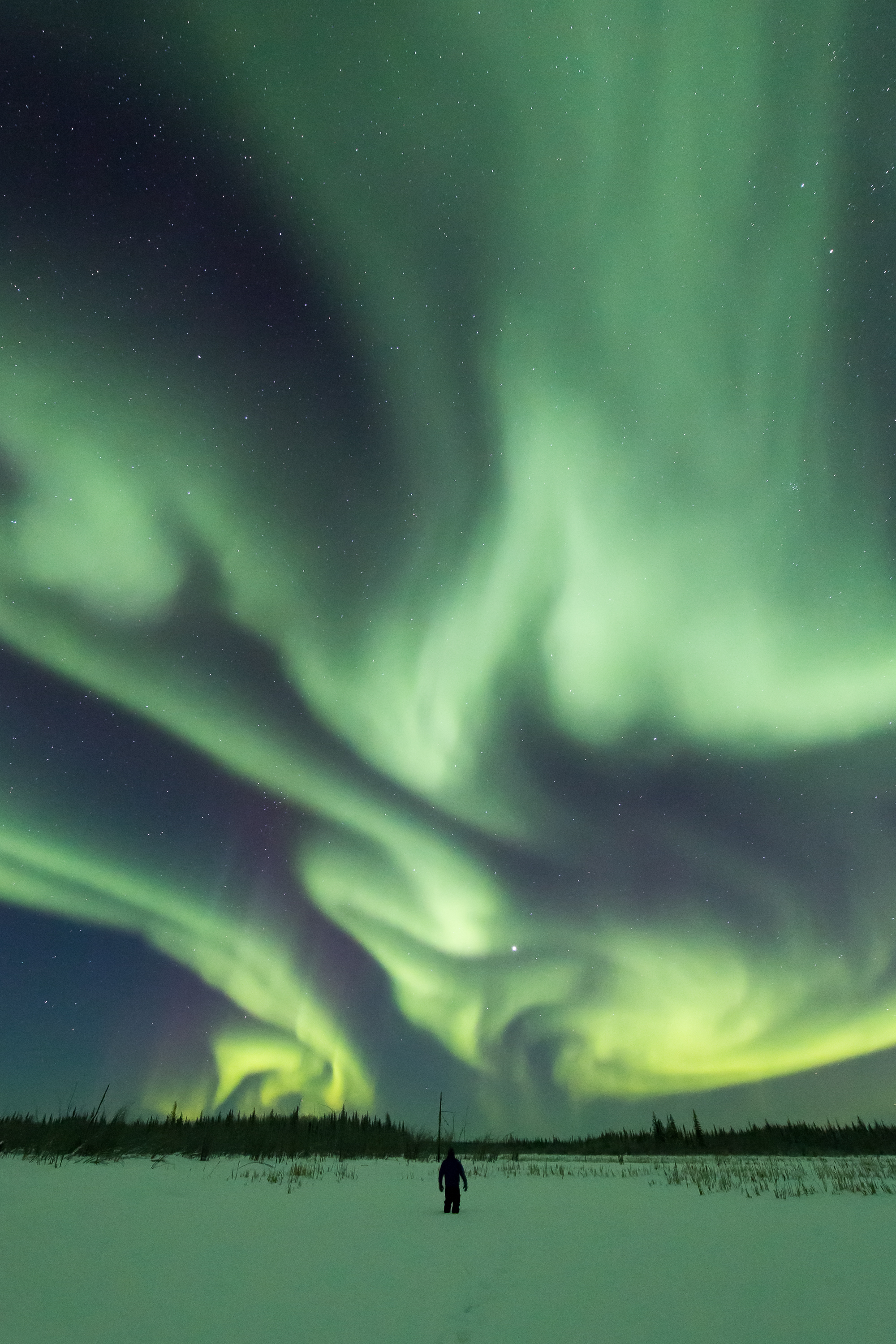
If you’ve ever driven at night on the highways outside of a major city you’ve seen the massive orange-coloured glow radiating high above the tallest buildings. That is sky glow at its finest. Dark sky preserves are the exact opposite; providing light-free opportunities to learn and discover without the constant glare of artificial lighting. It’s time to embrace the darkness and reconnect with the natural world and beyond like never before. Remember without the dark we’d never see the stars!
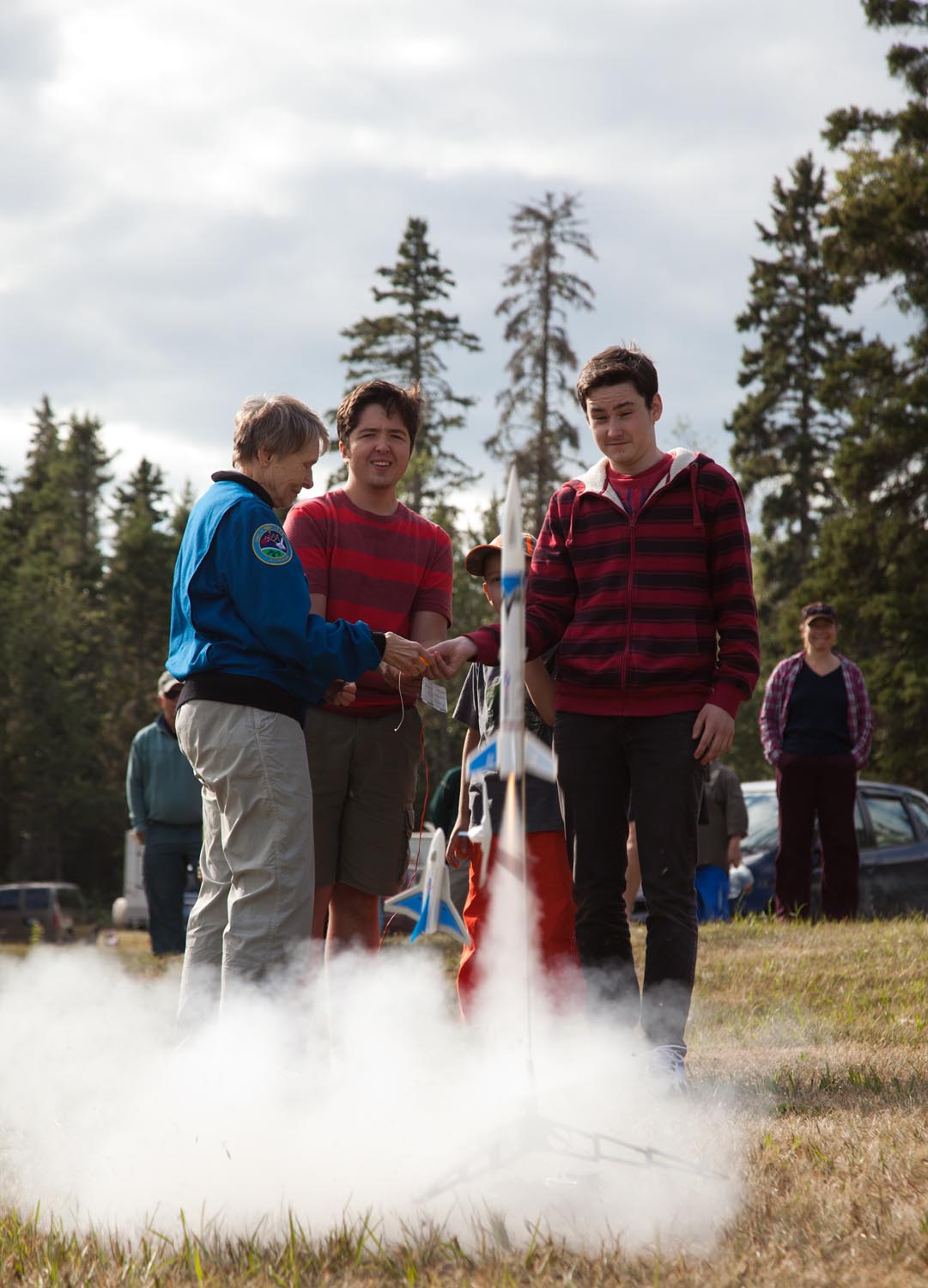
There are many ways to experience a dark sky preserve for yourself. You can visit on your own or take part in one of the many festivals dedicated to the night sky. Jasper hosts a Dark Sky Festival (running between October 14 and 23 this year); an annual celebration of the skies aimed at connecting all ages to the universe. The Ann & Sandy Cross Conservation Area also hosts an annual Star Night (this year’s event is on October 21) where you can escape the city and experience billions of stars over your head.
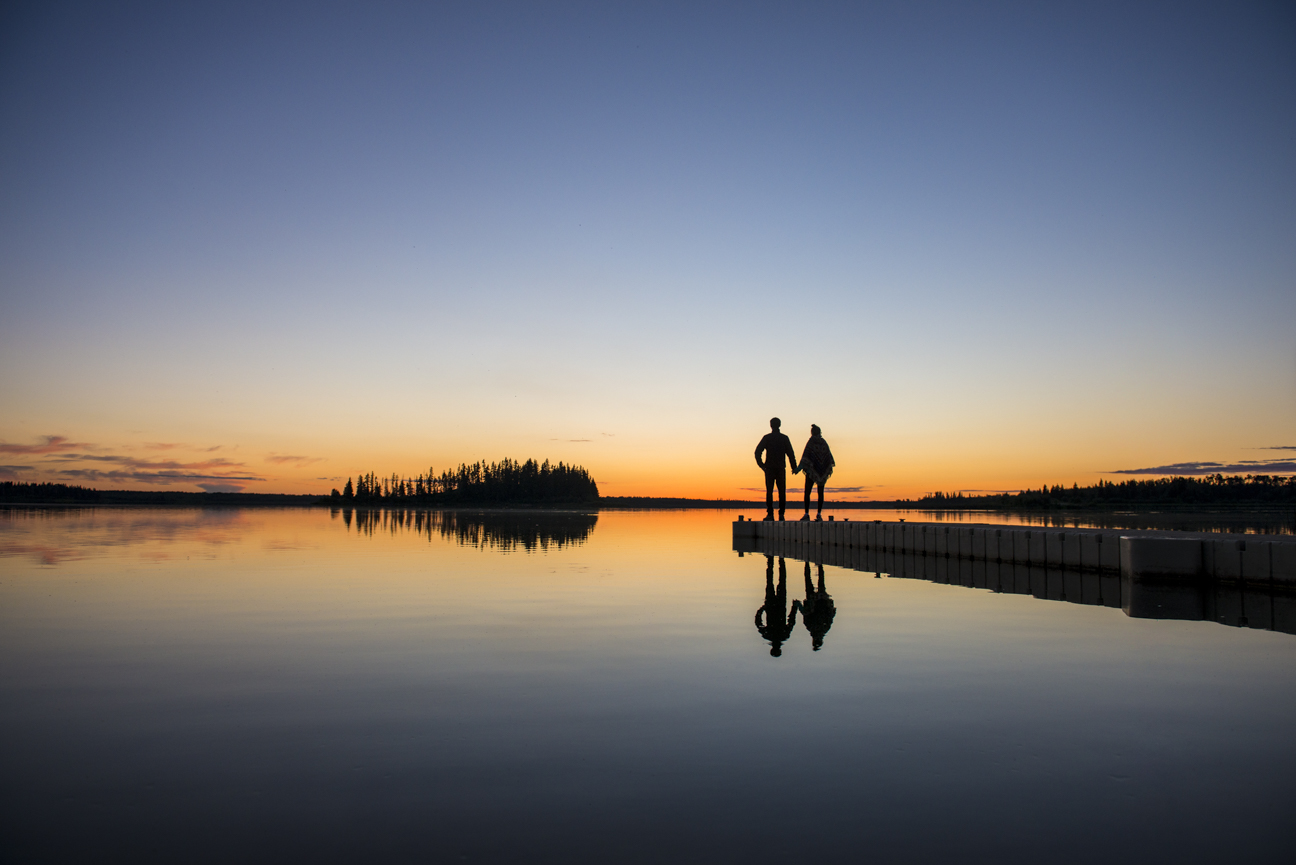
I would like to take this opportunity to thank Parks Canada, Laura Griffin from the Ann & Sandy Cross Conservation Area, Bill Braden, Alan Dyer, and Adam Hill for contributing their incredible photographs to accompany this story. Without them this would just be a bunch of words on a page. Your photos really bring this story to life.


